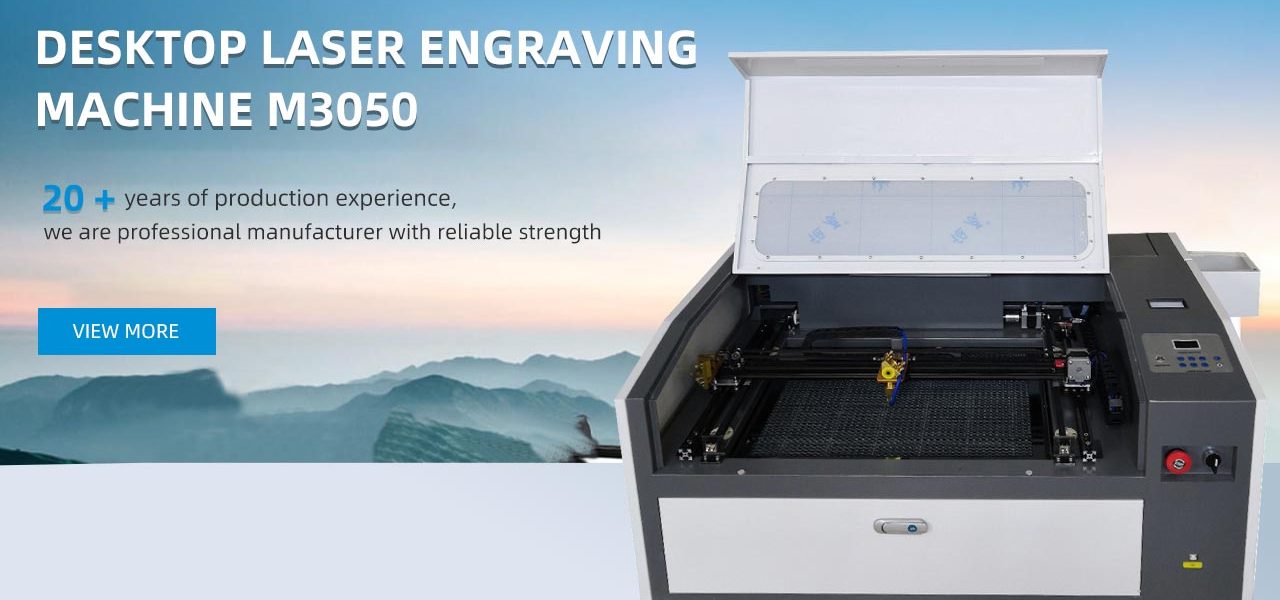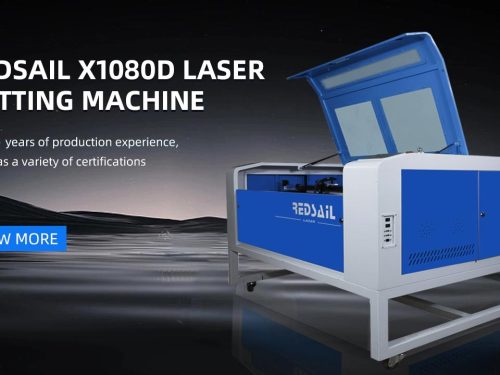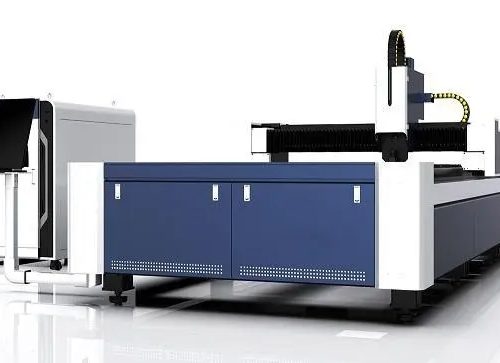
When it comes to cutting metals, the CO2 laser has become a popular choice for many industries. This versatile and precise tool allows for clean, accurate cuts on a variety of metal materials, making it an essential tool for many manufacturing and fabrication processes. In this article, we will explore how the CO2 laser cuts metal with ease and efficiency, and the benefits it brings to various industries.
How Does the CO2 Laser Work?
The CO2 laser works by emitting a high-powered beam of light, which is focused onto the surface of the metal, causing it to heat up and eventually melt or vaporize. The intensity and precision of the laser beam allow for intricate and accurate cuts to be made, with minimal distortion or damage to the surrounding material.
Advantages of Using CO2 Laser for Metal Cutting
There are several advantages to using a CO2 laser for cutting metal. These include:
- Precision: The CO2 laser is capable of producing highly precise cuts, allowing for complex shapes and designs to be achieved with ease.
- Speed: The CO2 laser can cut through metal at a much faster rate than traditional cutting methods, increasing productivity and reducing lead times.
- Versatility: The CO2 laser can be used to cut a wide range of metals, including stainless steel, aluminum, and titanium, making it an ideal tool for a variety of industries.
- Quality: The cuts produced by the CO2 laser are clean and smooth, with minimal burrs or rough edges, resulting in high-quality finished products.
Applications of CO2 Laser in Metal Cutting
The CO2 laser is used in a variety of industries for metal cutting, including:
- Automotive: The automotive industry uses CO2 lasers for cutting metal components such as exhaust systems, chassis, and body panels.
- Aerospace: CO2 lasers are used to cut precision parts for aircraft and spacecraft, where strict tolerances and high-quality finishes are essential.
- Medical: The medical industry utilizes CO2 lasers for cutting surgical instruments, implants, and medical devices made from metals such as stainless steel and titanium.
- Electronics: CO2 lasers are used for cutting metal components in electronic devices, such as smartphone casings and printed circuit boards.
FAQs
Q: What are the limitations of CO2 laser cutting?
A: While the CO2 laser is highly effective for cutting metals, it may not be suitable for all types of metal materials, such as reflective metals like copper and brass. In addition, the thickness of the material may affect the cutting speed and quality.
Q: Are there any safety considerations when using a CO2 laser for metal cutting?
A: Yes, it is important to follow safety protocols when operating a CO2 laser, as the beam can cause eye and skin damage if proper precautions are not taken. Additionally, the fumes and particles created during the cutting process should be properly ventilated to ensure a safe working environment.
Q: What is the cost of using a CO2 laser for metal cutting?
A: The cost of using a CO2 laser for metal cutting will depend on various factors, including the size and power of the laser machine, the type of metal being cut, and the complexity of the cutting process. However, the efficiency and precision offered by the CO2 laser often make it a cost-effective solution for many industries.
In conclusion, the CO2 laser is a versatile and efficient tool for cutting metal, offering precision, speed, and quality in a wide range of applications. With its ability to handle various metal materials and produce high-quality cuts, the CO2 laser has become an indispensable tool for many industries, revolutionizing the way metal cutting is performed.










